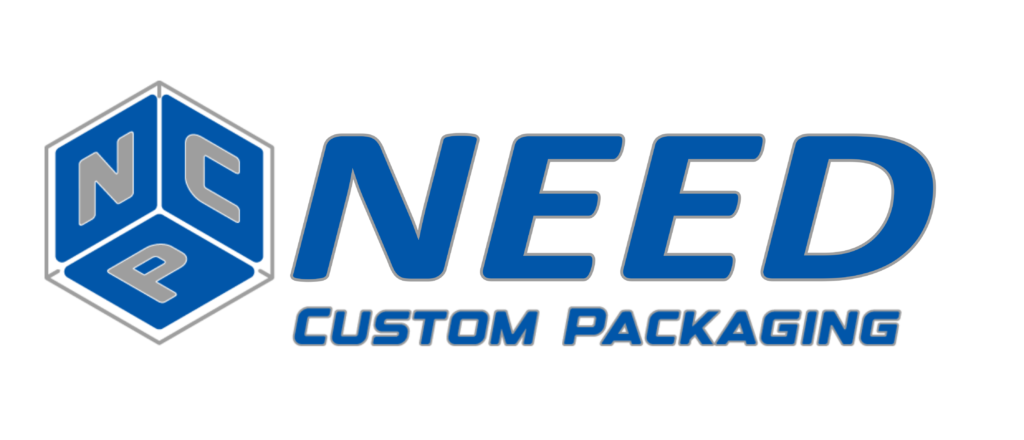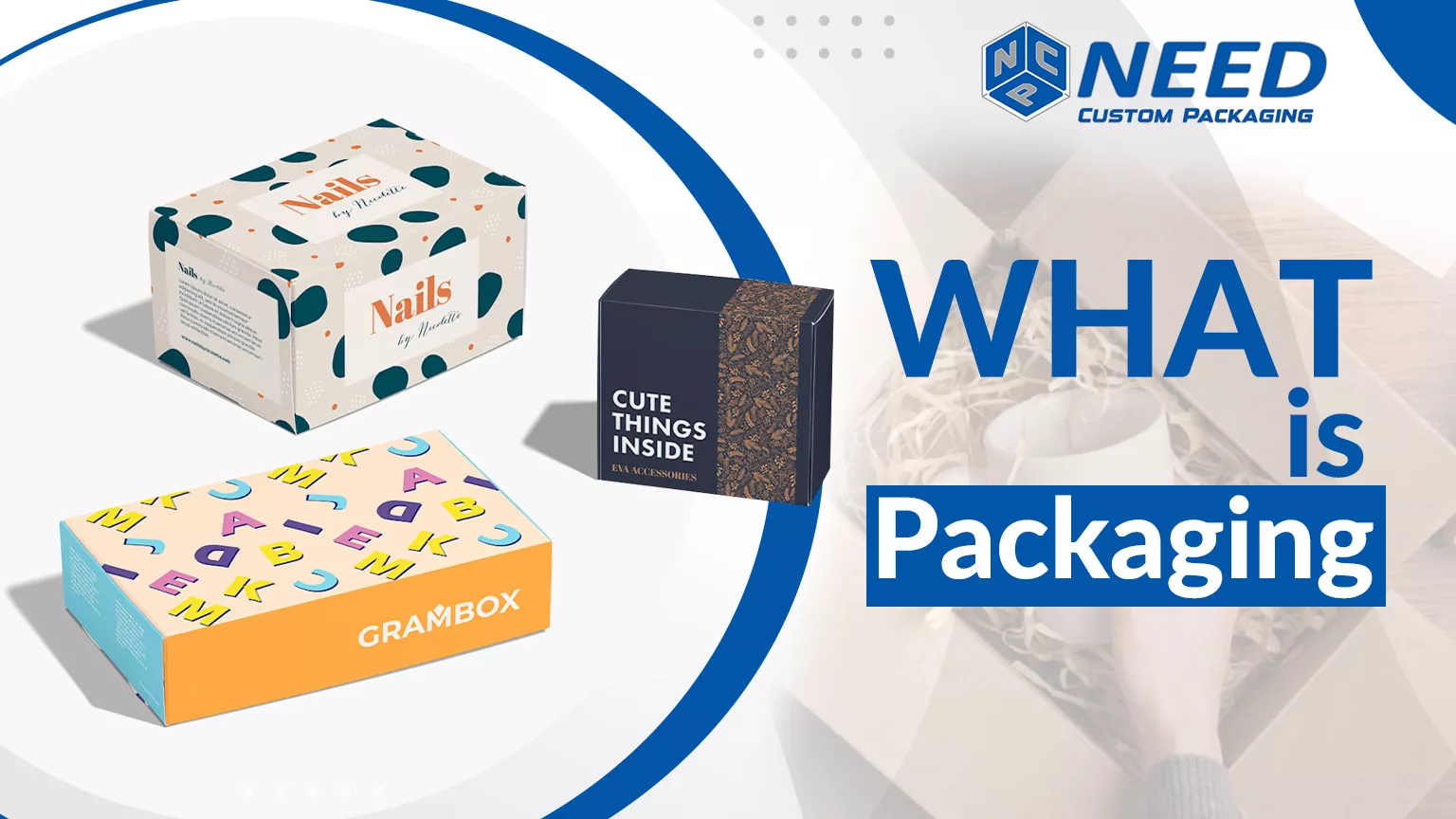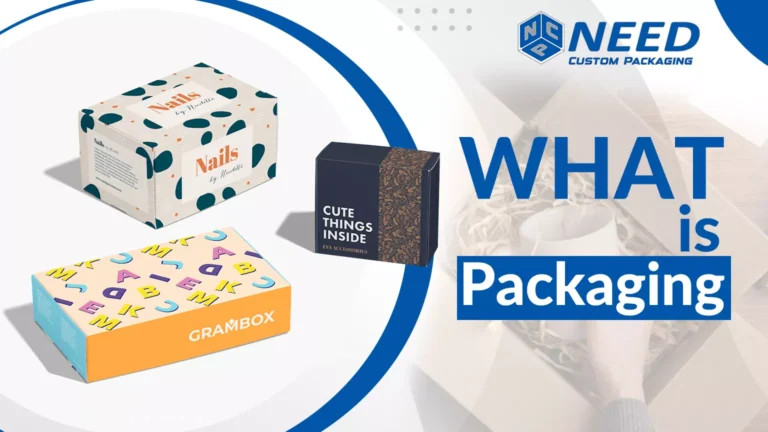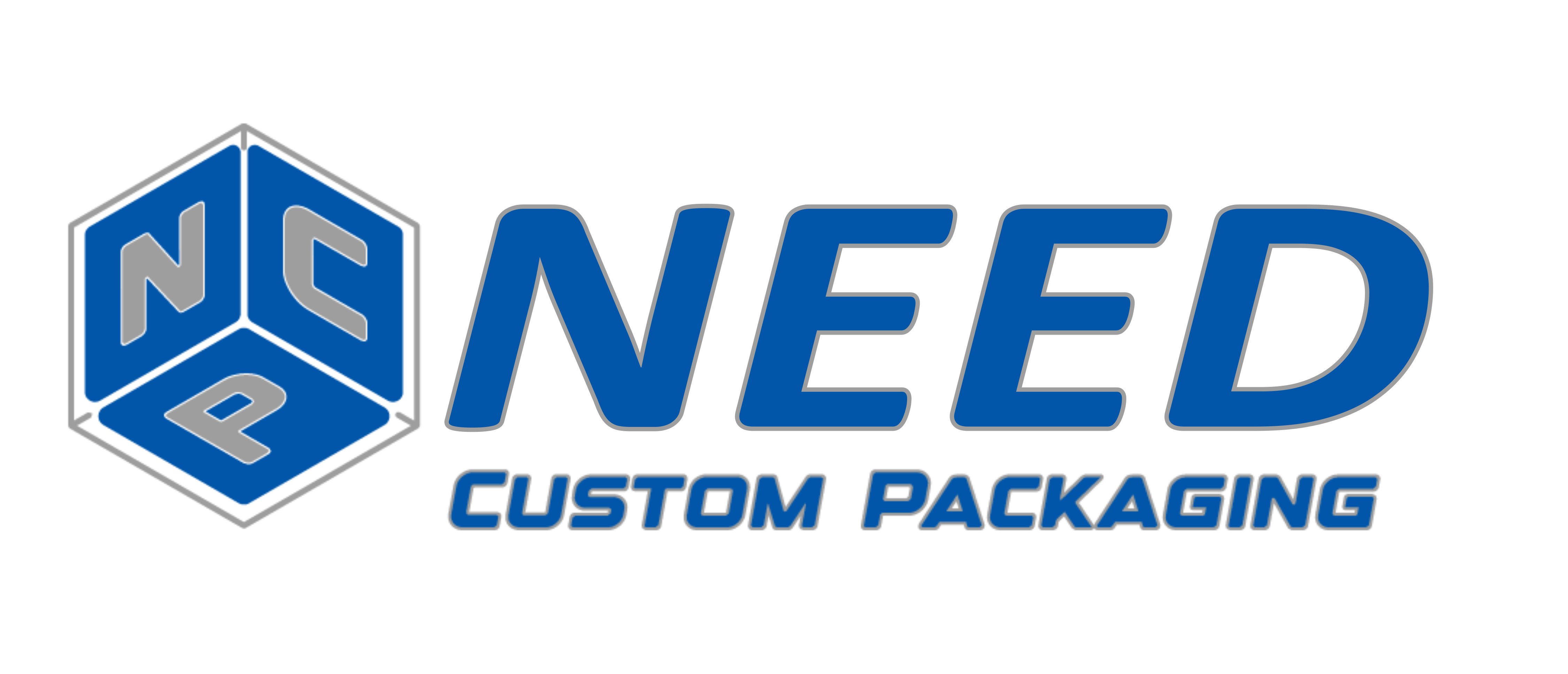As a brand owner, you are surely aware that packaging is more than just a container that holds your products. In fact, it acts as the salesperson that influences customers’ purchasing decisions. Hence, to get everything done right, you need the right packaging. This in-depth guide will unpack everything you need to know about packaging, from its types, benefits, and best practices!
What Is Packaging?
In brief, packaging meaning refers to the process of designing and using materials to enclose and protect products during storage, transportation, and sale. Moreover, the real definition for packaging today is to ensure safety, functionality, and appeal of your products.
The Importance of Packaging
Your packaging can really help your brand in making a statement, building trust, and delivering a memorable unboxing experience.
So, what is the purpose of packaging?
Protects Your Product Properly
Your packaging serves as a shield that keeps your product safe from bumps, drops, dirt, and even the weather. Good packaging ensures your product reaches customers in perfect condition.
The Big Role of Packaging in Marketing
Your packaging will be the first thing customers see. Hence, it plays a big role in marketing your products. Hence, a unique design, vibrant standout colours, and your logo are highly essential to be printed on your packaging.
Provides Your Product Details
Providing details on your packaging about your product, how to use it, and its benefits can really drive customers’ purchases.
Makes Customers’ Life Easier
Resealable bags and easy-to-open packaging will make using your product a breeze and make life easier for your customers.
Turns Unboxing Into an Unforgettable Experience
The excitement of unboxing something beautiful will be an unforgettable experience that sticks in customers’ minds.
In short, speaking of the use of packaging, it does more than holding and protecting your product. When you design it carefully, packaging can help you convince more customers.
Three Main Types of Packaging
There are different forms of package. For sure, each serving a unique purpose to protect, present, and deliver your products. However, there are three main types of packaging you should know.
Have a look at the table below for a quick overview!
| Type | Purpose | Examples |
| Primary | Directly holds the product | Bottles, cans, and tubes |
| Secondary | Groups primary packages for branding or protection | Boxes, cartons, and cases |
| Tertiary | Bulk packaging for storage and transport | Pallets or crates |
Packaging Materials: Finding the Perfect Fit
Choosing the right packaging material is about finding the perfect fit for your product. Yes, you would want your packaging to look amazing, functional, and match your brand’s vibe at the same time.
To help you get the right packaging, below are some packaging materials you can consider!
Paper and Cardboard
Paper and cardboard are categories of packaging materials that come lightweight, flexible, and affordable. These options are ideal for shipping boxes and custom boxes with logo.
Plastic
Plastic is strong and waterproof, which will protect your products from damage. However, not all plastics are created equal. Hence, you need to consider choosing recyclable or reusable options to make it more eco-friendly.
Metal
Cans, tins, and foil packaging are ideal for preserving food items, beverages, and luxury items.
Flexible Packaging
Pouches, Mylar bags, and other flexible options are perfect for lightweight, space-saving, and super convenient packaging. Far better, these materials are perfect for snacks, coffee, and non-food items like detergents.
Glass
Glass is elegant and reusable. These features of packaging material make glass perfect for products like perfumes, sauces, and skincare.
Biodegradable and Eco-Friendly Materials
Biodegradable and eco-friendly materials like cornstarch or recycled paper break down naturally. Hence, reducing waste and showing your brand’s commitment to saving the planet.
The material you choose can make all the difference, no matter what your product is. So, make sure you choose wisely.
Packaging vs. Packing
If you think packing and packaging are the same thing, well, they’re not! In fact, they serve different purposes in your product journey.
What does packaging mean?
Packaging is all about the product’s protection and presentation. In other words, it’s the printed packaging, bag, bottle, or wrapping that holds your product and makes it look attractive. Furthermore, on the packaging, you can include branding, instructions, and product details.
What is packing?
Packing is a way of securing your product to prevent damage during shipping or handling. Hence, packing prioritizes function over style and doesn’t usually include branding.
What is the difference between the two?
Packaging is what your customers see, feel, and then judge about your product. On the other hand, packing ensures that your product arrives safely.
What Is Packaging Design?
Packaging design includes the visual elements, materials, and layout. The main goal of packaging design is to create an appealing, functional product display. Most importantly, it helps you showcase your brand’s story and enhance customer experience.
The Best Practices of Packaging Across Industries
If we’re talking about the packaging function in marketing, it is definitely a key player in protecting, delivering, and promoting your products. No matter in which industry your business belongs to, packaging plays a great role.
Let’s check out the best practices of packaging across different industries below!
- Food Packaging
Food packaging keeps your product fresh and safe. Plus, it helps communicate important details like ingredients and expiration dates.
- E-Commerce Packaging
E-commerce packaging ensures your products arrive safely and offers a memorable unboxing experience.
- Cosmetics Packaging
Cosmetics packaging protects your beautiful products with an upscale design that elevates your brand.
- Retail Packaging
Retail packaging combines branding, convenience, and attractiveness to boost customers’ shopping experience.
- Pharmaceutical Packaging
In the pharmaceutical industry, packaging ensures your products are safe and tamper-proof. Plus, it provides packaging information like clear instructions and warnings for your customers.
What other types of packaging should you know?
- Discreet Packaging: It keeps your products private and discreet
- Frustration-Free Packaging: This packaging is designed for easy unboxing with minimal waste
- Luxury Packaging: Luxury packaging elevates your product’s value with high-end materials and design
Know the Environmental Impact of Packaging
We have to admit that despite its role in promoting your products and business, packaging has a significant environmental impact.
What are they?
The Plastic Problem
Plastic takes hundreds of years to decompose, which often ends up in oceans and landfills, causing pollution and harming wildlife.
The Carbon Footprint
The production of packaging requires burning fossil fuels. As a result, they contribute to greenhouse gas emissions. The more packaging used, the higher the carbon footprint your business makes.
The Waste Challenge
Some examples of package materials are not recyclable. Worse, some recyclable materials often don’t get recycled due to lack of proper facilities. Hence, we are facing a growing landfill that contributes to pollution and climate change.
Sustainable Packaging Strategies: Let’s Make a Greener Future!
Fortunately, there are some powerful strategies that can help your business reduce its environmental impact.
Here’s how you can take action to make a greener future!
Reduce, Reuse, Recycle
Make sure you reduce unnecessary packaging materials. For instance, you can design packaging that’s easy to recycle or reuse.
Life Cycle Analysis: Think Beyond the Box
Do the entire life cycle analysis of your packaging. How was it made? What happens to it after use? By looking at the full picture, you can figure out how to cut waste and optimise the packaging process for a more sustainable outcome.
Government Support and Regulations for Reducing the Environmental Impact
Governments worldwide are making their efforts to handle packaging waste. The good news is, your business can benefit from their efforts!
- Packaging waste regulations
The packaging waste regulations encourage businesses to minimize their packaging. This way, you can shift to eco-friendly alternatives and boost recycling efforts.
- Awesome incentives for green packaging
Governments offer awesome incentives for businesses to switch to green packaging. For example, we can mention the tax breaks and subsidies for biodegradable materials.
What to Consider When Creating Good Packaging?
When it comes to creating a good packaging for your products, there are three key things you should consider.
- Durability
If you need to ship your product, make sure the packaging is strong and durable. You can use different layers of packaging, from the inside to the outer box.
- Opening
Make sure your packaging is user-friendly when customers need to open and reseal your product.
- Labeling
Use easy-to-read labels to provide all the important info like allergy warnings and expiration dates of your products.
In Summary
Undoubtedly, your packaging acts as the salesperson that influences customers’ decisions and communicates your brand’s story. In fact, the Importance of packaging goes further in making a statement, building trust, and delivering an experience. Eventually, you can design the right packaging for your products that is also safe for the environment. Hopefully, our in-depth guide above informs you more about packaging, its types, benefits, and best practices. For more guidance, you can rely on the packaging experts at Need Custom Packaging!





